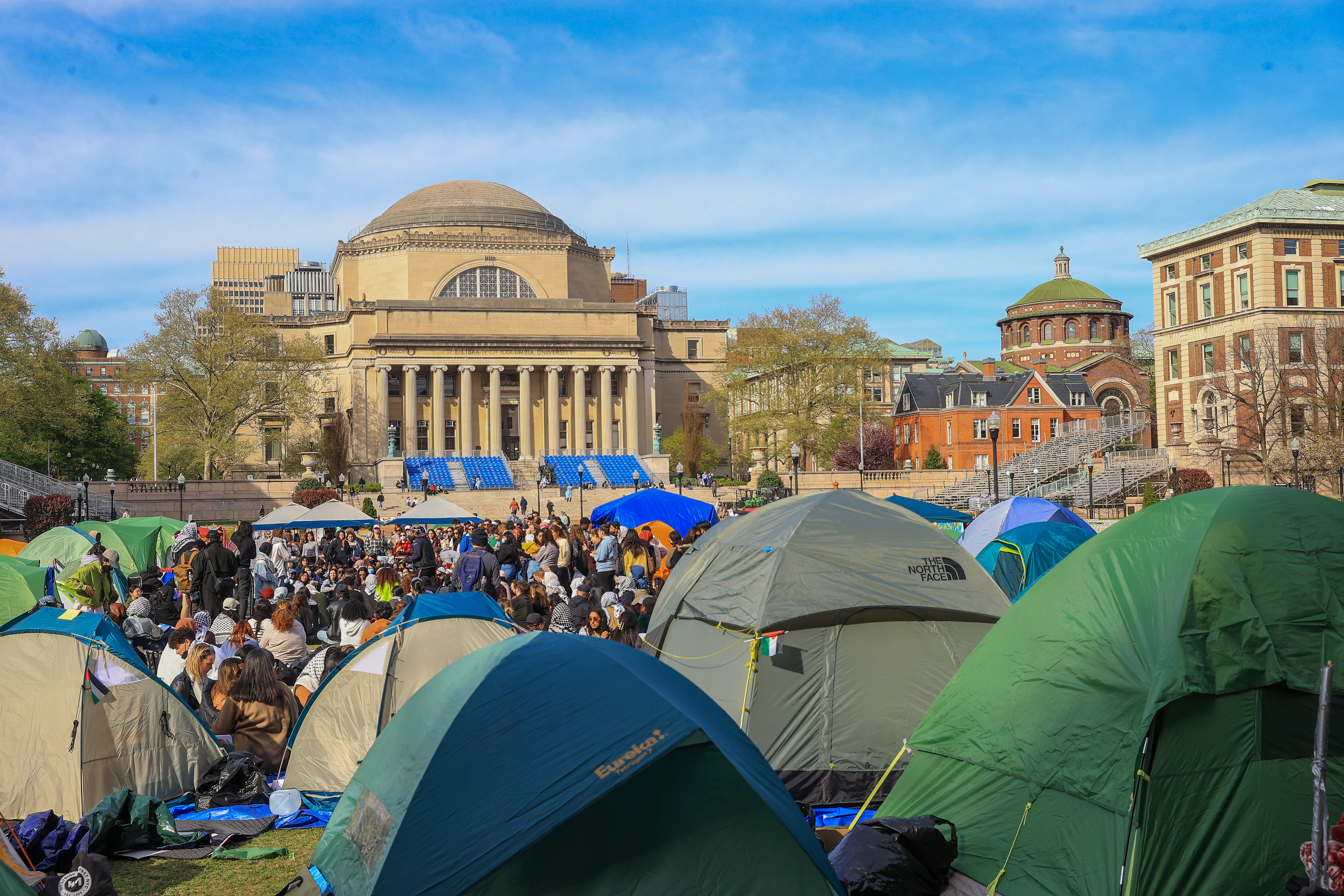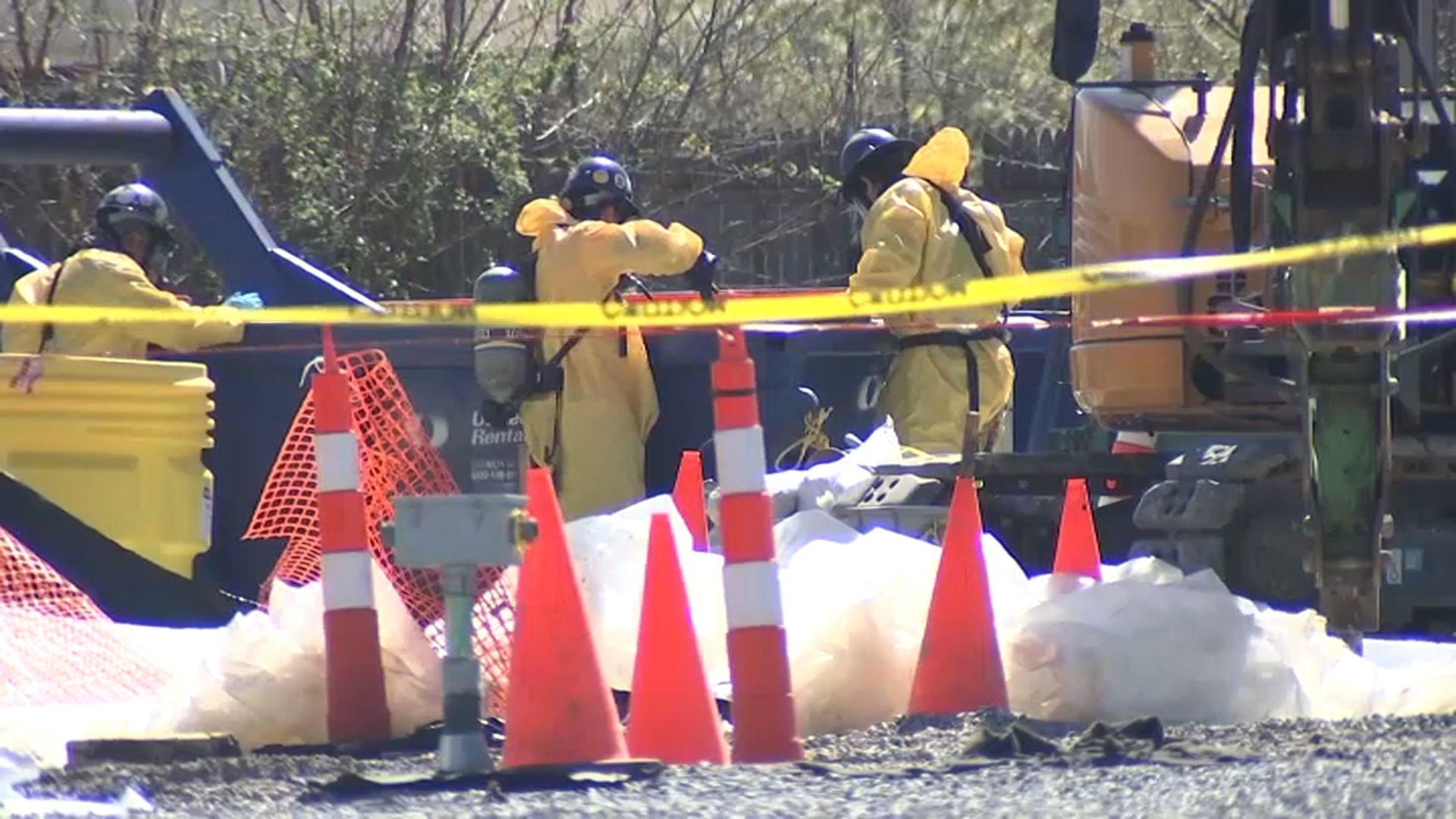After rotting trusses, faulty wiring and sagging ceilings were discovered in New York's City Hall, the nearly 200-year-old national landmark is undergoing a major renovation that will displace the City Council and other operations for at least a year.
The city discovered deteriorating conditions during a minor renovation a few years ago, prompting a wider examination of the building, which once hosted Abraham Lincoln's body for public viewing and is one of the nation's oldest continuously-used city halls.
Officials found widespread failings and alarming decay: cracks through the trusses that support the roof, a rotting basement floor, wiring that was known to spark and dangerously sagging ceilings.
"It's gotten to the point where it's really bad," said Philip J. Kelly, the city official overseeing the project. "It has to be done. It's amazing no one's been hurt or there hasn't been a fire."
Recently, just before repairs were to begin in a City Council hearing room, a 10-foot-long, 6-inch-wide piece of plaster molding broke away from the wall and crashed to the floor.
The building was once the home of executive, legislative and judicial operations — including a criminal court and jail — but it is now primarily occupied by the offices of Mayor Michael Bloomberg, City Council and supporting operations for both.
The white Renaissance Revival-style building hosted viewings for the bodies of Lincoln and Ulysses S. Grant after their deaths. It was illuminated one September evening in 1813, commemorating American victories in the war of 1812. General Dwight D. Eisenhower was welcomed with a party there upon his return from overseas in 1945.
Local
The lower Manhattan building has also survived disaster, including a fire in 1858 during fireworks celebrations marking the laying of the first trans-Atlantic telegraph cable.
Many of the crumbling elements date to the building's original construction.
When workers first eyeballed the renovation project, the cost was estimated at $65 million. But officials said the expense has shot up to $106 million as crews found more problems when they ripped into walls and ceilings.
The building's last major update was in the 1950s, when the exterior marble and brownstone were replaced with white limestone, and an elevator was installed.
That elevator will be replaced in the upcoming project.
The work also involves reinforcing the wood trusses in the roof — part of the original 1812 construction — plus repairing the roof and ceiling of the council chambers and adjoining rooms. A building-wide fire sprinkler system also will be installed.
The building is also getting more efficient lighting, heating and cooling controlled by a computerized building-management system, water fixtures and lighting that are activated by sensors, and solar panels on the roof. Officials acknowledged that the environmental retrofits are not the highest level of upgrades available, but said there are cost limitations on what can be done.
Crews began some of the work in 2008, starting on the west side of the building, where Bloomberg's desk is located. Engineers said the trusses would not last another winter without possibly failing, so the beams were reinforced with steel.
The renovations won't move the mayor from the west wing, where repairs are being completed without displacing staff. Heavier work is now concentrated on the building's east side, where the 51-member City Council meets and where many council offices are located.
The room that has housed the City Hall press corps since 1898 will be closed during the work; the media began moving this month to a temporary trailer.
During the construction, council meetings will be held at the old Emigrant Savings Bank building on nearby Chambers Street.
Hearings will be shifted to another office building across Broadway, where council officials recently settled into temporary offices. Speaker Christine Quinn said there have been a few hiccups — like telephone problems and adjusting to closer quarters.
"It's a little bit of an adventure for a year," she said. "We had no choice — the building is in structural disarray and it wasn't safe for us to remain there."
One headache that has added to the growing cost of the renovation: Crews digging behind the building discovered the remains of an 18th century structure the city believes was an almshouse that stood from the 1730s to the 1790s.
The area is now being dug by hand and supervised by archeologists. The dig has turned up the remains of other structures, including a water cistern and an icehouse. Evidence of daily life, including bone buttons, medicine bottles and ceramic egg holders, have also been found.
The city Landmarks Preservation Commission is overseeing the digging and will determine what to do with the artifacts.



